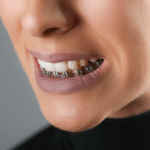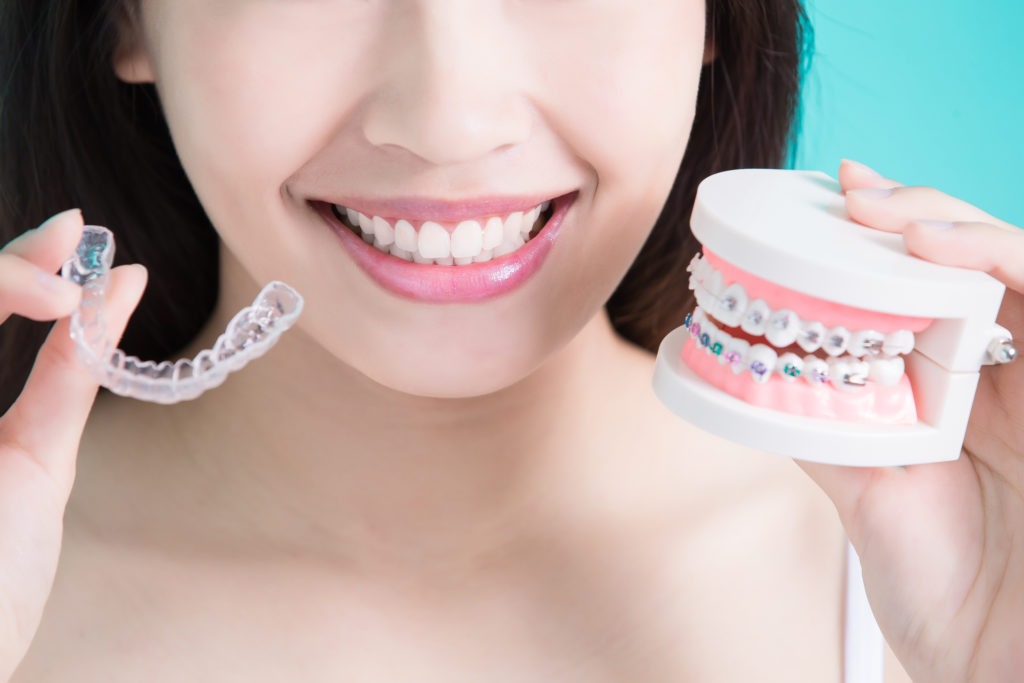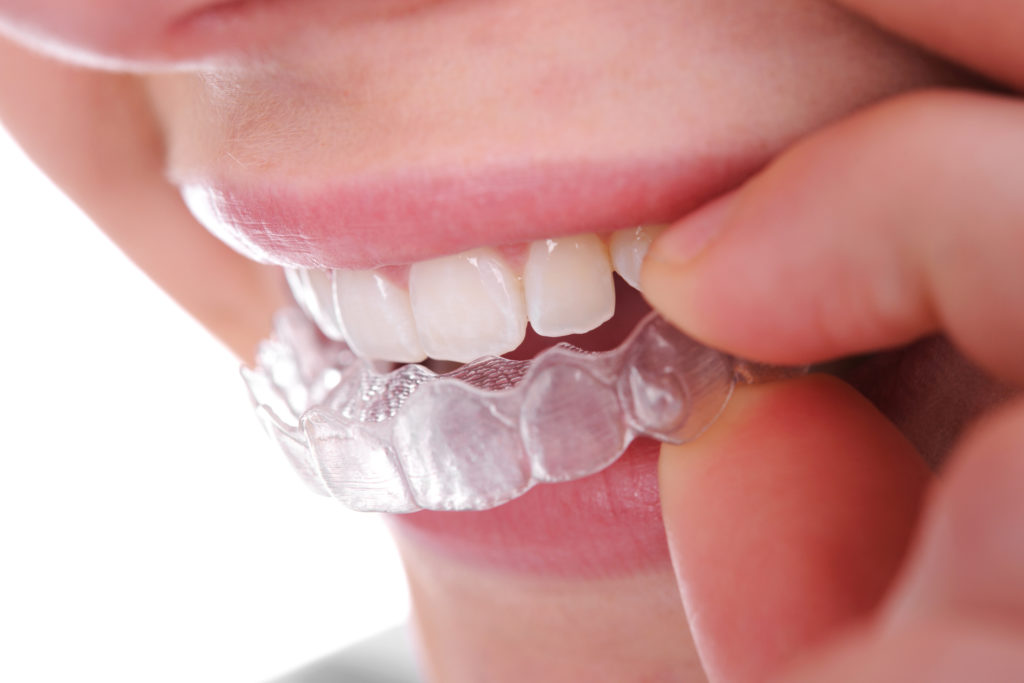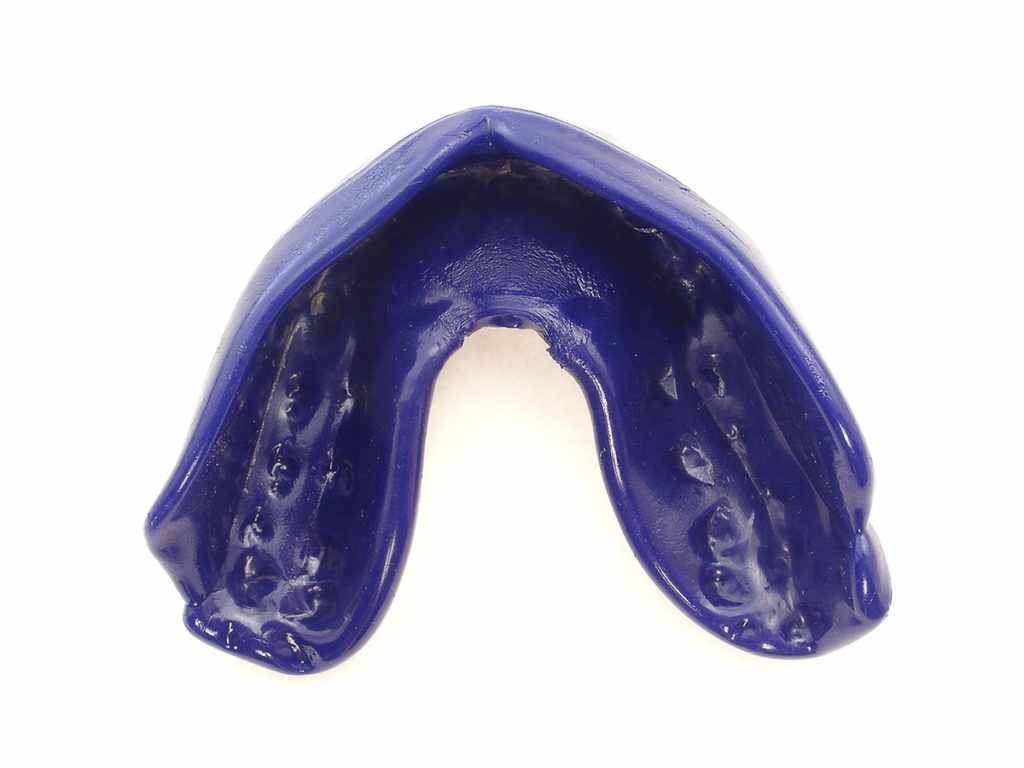WE GET ASKED ALL THE TIME “CAN YOUR TEETH SHIFT BACK AFTER BRACES?”
The simple answer is yes. Yes, your teeth can shift back after braces and yes teeth moving after braces are quite normal.
Even though we see it with some of our patients, it’s important that you work on eliminating the possibility of teeth moves once your braces are off.
In this blog post, we’ll talk about why teeth move after braces and what you can do to stop the shift from happening.
WHY DO TEETH MOVE AFTER BRACES?
While you had your braces on (or your Invisalign aligners in), your teeth were held firmly in place. With every new set of aligners or adjustment appointment you had for your braces, teeth were forced to gradually shift in place with the help of your treatment.
Once your teeth have finished the completed treatment, they do not have that same pressure anymore and there is a natural settling process. This process starts after the braces removal and that’s why teeth move after braces.
ARE TEETH MOVING AFTER BRACES A CONCERN?
Small movements should not be a concern to patients, but if front teeth move or there are significant changes to your bite, then it becomes a concern.
If your teeth are moving quite a lot or you’re concerned with your bite, contact Dr. James Scramstad today.
When someone calls us about movement, we instantly look at the retainer and make some adjustments if needed.
In our previous blog post “Shift Happens: Why are your teeth moving after braces?”, we talked about the importance of your retainer.
Your retainer helps your teeth stay in their new positions. There are two different types of retainers that are available at Straight Smiles. These options will both help your teeth from moving after braces.
Removable retainers have metal sections to place around the teeth and a molding of the roof of your mouth. This aligns with your mouth and clicks into place and you guessed it… it’s removable! At Straight Smiles, Dr. Scramstad uses clear essix type of retainers for his clients. He decided on these clear retainers because they are more esthetic and more comfortable than the plastic and wire ones. The clear retainers are also easier to clean.
Fixed retainers are small wires, which are fitted to the back surface of your teeth to hold the new position. These retainers can only be removed from an orthodontic provider.
Now that you know why teeth can move after braces and the different types of retainers, here are 3 ways to stop them from continuing to move.
1. WEAR YOUR RETAINER…. DAILY
When Dr. Scramstad gives you a retainer, it’s not for fun. It’s just as serious as your braces were. With a removable retainer, we recommend night-wear only for 18-24 months.
With most Orthodontic treatments, each patient is different, so Dr. Scramstad will give you a customized prescription once your braces are removed.
But, if we ask you to wear your retainer during the night, it’s important to wear your retainer every night. When you wear your retainer, it keeps your teeth from moving.
We don’t want to hear any “My dog ate my retainer” stories. If you want your teeth to stay in place, it’s your responsibility to wear your retainer.
2. LOOK AFTER YOUR TEETH
Looking after your teeth is just as important as wearing your retainer. When your braces are removed, it doesn’t mean that your Orthodontic treatment is over. You still need to brush and floss your teeth regularly.
Developing good dental care habits will prevent cavities and gum disease from forming in your mouth. It will also help your teeth remain the same as they were when your braces were removed.
Dr. James Scramstad of Straight Smiles in Kelowna, B.C. believes that good habits that are formed from a young age will stick with a client forever.
If you’re looking for some great tips on better oral health, read our article “Brush Up: 7 Tips For Better Oral Health.”
3. WEAR A MOUTHGUARD DURING SPORTS
If you’re worried about your teeth moving once your braces are off, it’s a good idea to wear a sports mouthguard if you’re active.
At Straight Smiles, Dr. Scramstad recommends using the inexpensive boil-and-bite mouthguard. He believes they’re the best option because the patient will have to reform the mouthguard a couple of times as the teeth move.
The boil-and-bite mouthguard works exactly how you would think it would, but follow the manufacturer’s instructions for forming it on the packaging.
This type of mouthguard has a clear, spongy internal layer. Once warmed, it forms a guard around your teeth.
Use your fingers, tongue and cheeks to form your mouthguard. You can also bite down softly to help hold the fit in place.
If the fit isn’t snug, simply place the mouthguard back into the hot water and try forming it again.
These mouthguards can be picked up online or at local sporting goods stores.
PROTECT THE TEETH FROM MOVING
You’ve completed your Orthodontic treatment and now it’s time to take care of your teeth. If you protect your teeth, they are less likely to move after the braces are removed.
By wearing your retainer you’re making the promise to maintain your smile and showing everyone that your braces were 100% worth the investment of time and money.
If you have any further questions about retainers or teeth moving once the braces are removed, Straight Smiles is here to answer your questions. Contact the office at any time during office hours and we’d be happy help.




